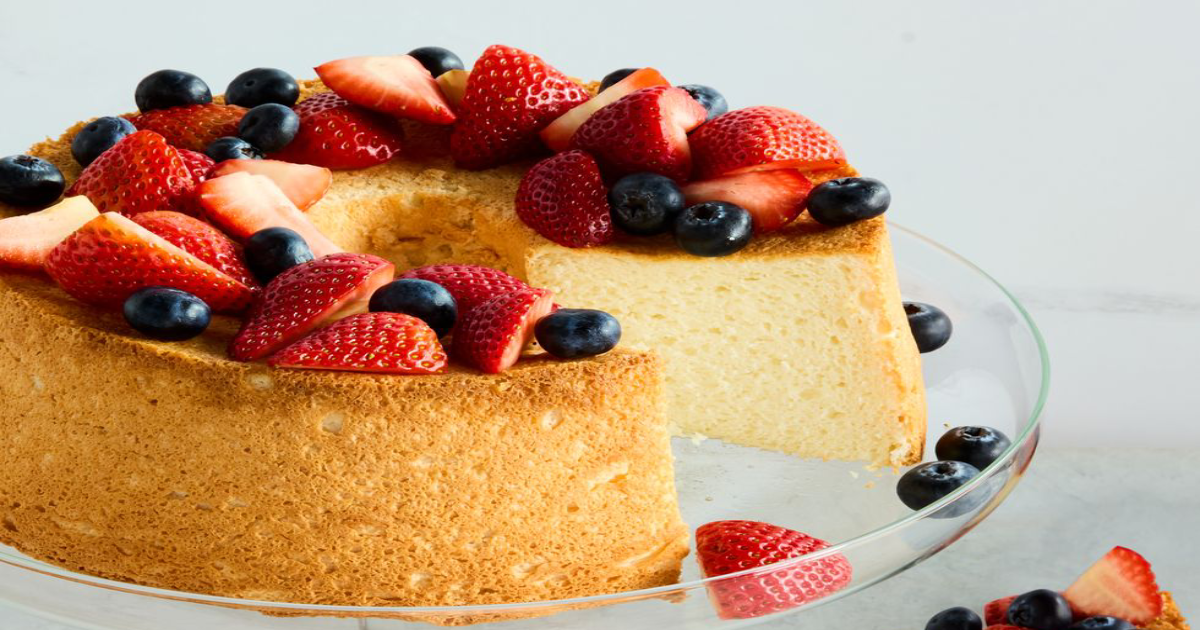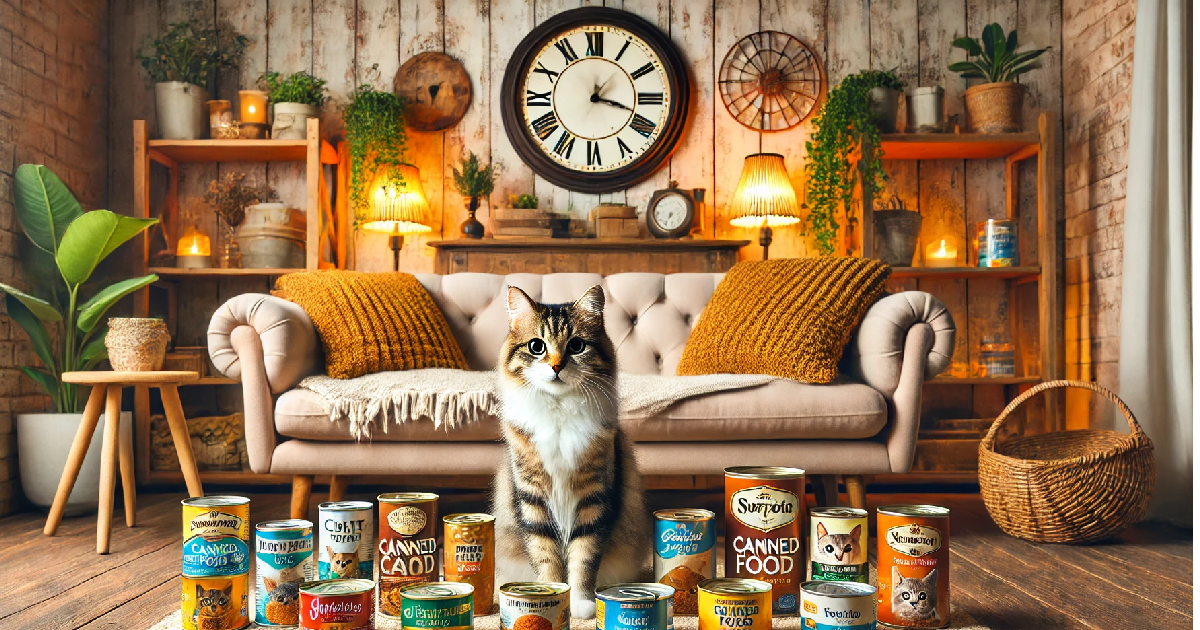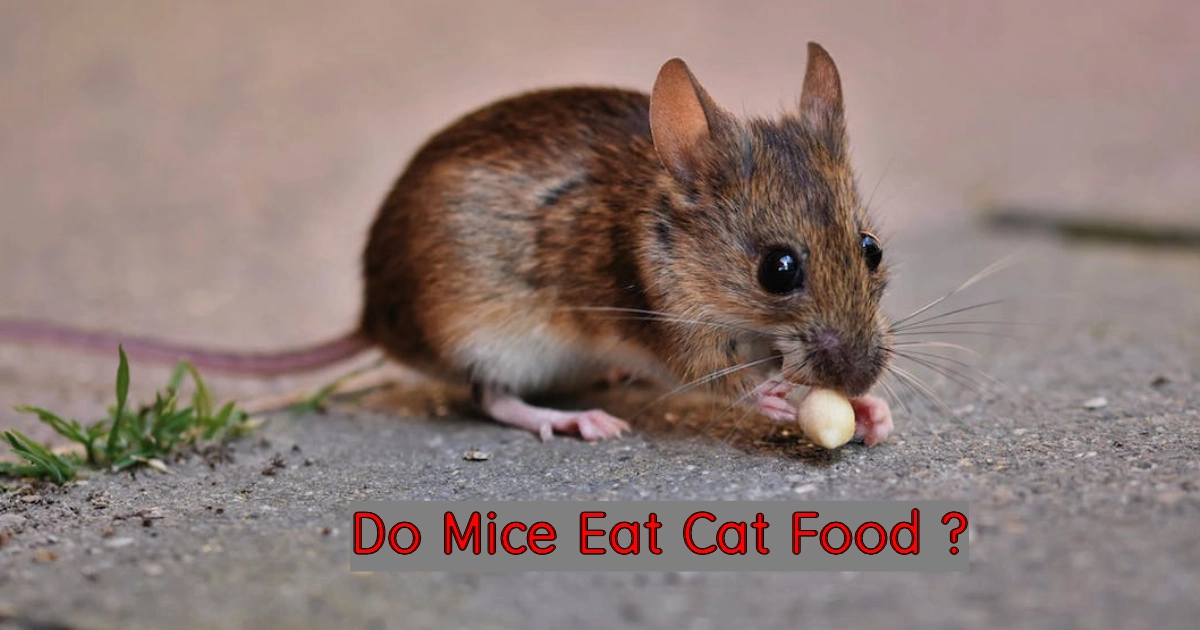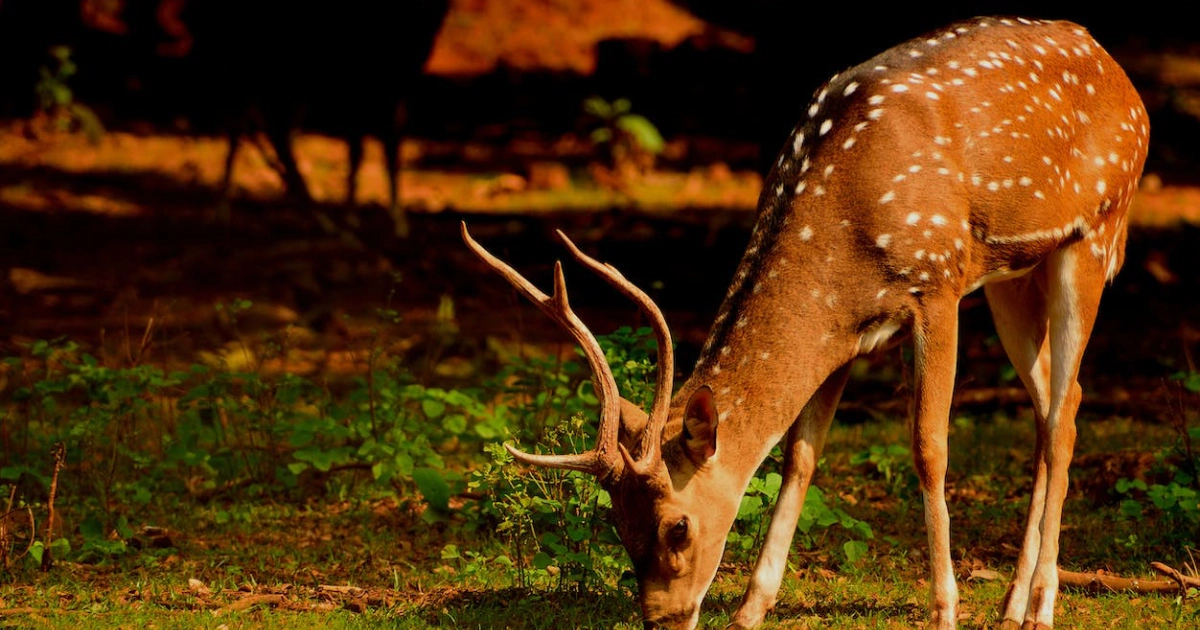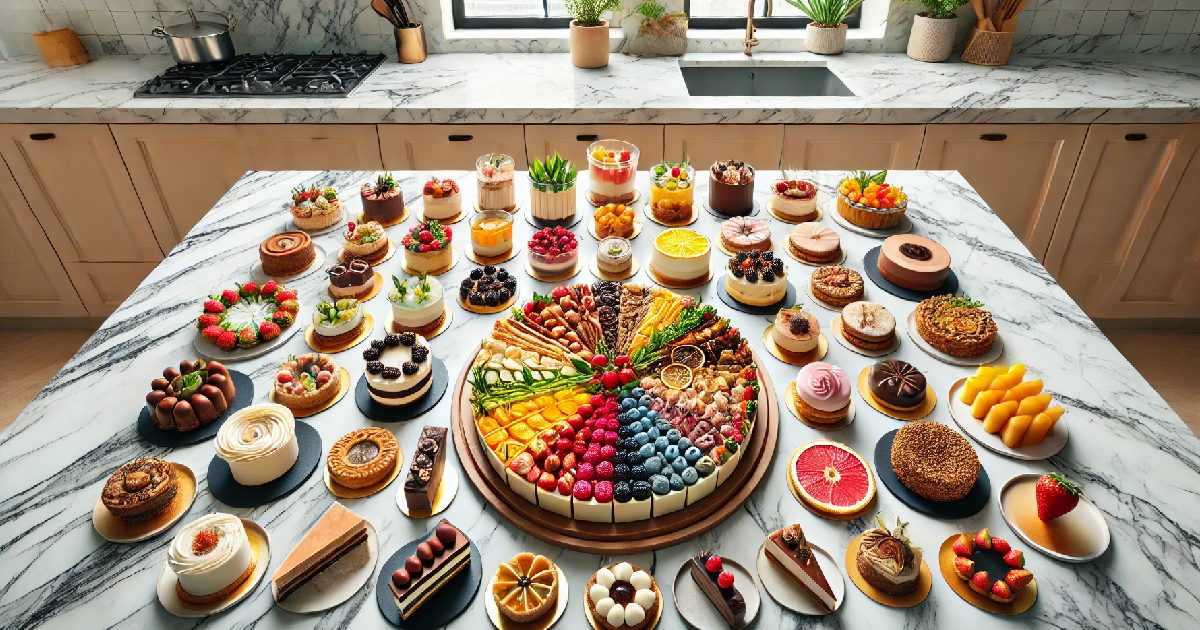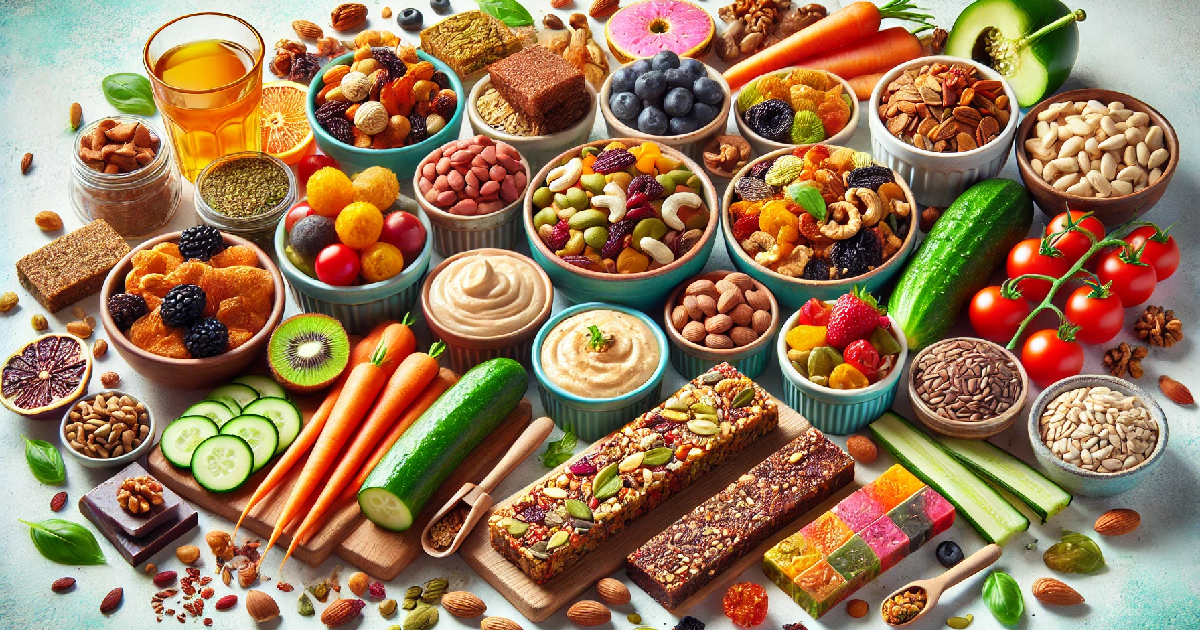Introduction
Feeding hummingbirds is more than just a delightful hobby; it’s a chance to bring a splash of colour and vibrancy to your garden. These tiny birds, known for their incredible agility and speed, bring joy and excitement to bird watchers. Hummingbirds can also benefit your outdoor space by helping pollinate flowers and keeping insect populations in check.
The importance of homemade hummingbird food cannot be overstated. Preparing your nectar ensures a healthier option free of additives and dyes that commercial products often contain. This not only attracts more hummingbirds but also supports their health and longevity.
This guide will cover everything you need to know about making your hummingbird food. We’ll provide a simple recipe, discuss the best types of feeders, and offer tips on the best feeding times and practices. Additionally, we’ll address common questions and mistakes to help you get the most out of your hummingbird feeding experience.
How to Make Hummingbird Food
Creating homemade hummingbird food is surprisingly simple and requires plain white sugar and water. This mixture mimics the natural nectar that hummingbirds feed on. To start, you’ll need a ratio of four parts water to one part sugar.
Boiling the Water

Boiling the water is a crucial step in making hummingbird food. This process serves multiple purposes: it helps dissolve the sugar quickly and thoroughly, ensuring a straightforward solution that mimics natural nectar. More importantly, boiling eliminates any bacteria or impurities in the water, making it safe for the birds to consume.
Mixing Sugar and Water

After the water has reached a boil, add the sugar while the water is still hot. Stir the mixture until the sugar is fully dissolved. The proportion of sugar to water (1 part sugar to 4 parts water) is critical because it closely resembles the concentration of natural flower nectar, providing the energy hummingbirds need without being overly concentrated, which could harm their health.
Cooling and Storage

Once the sugar is dissolved, allow the mixture to cool completely before filling your feeders. If there is any leftover solution, it can be stored in the refrigerator for up to two weeks. Make sure to use clean containers for storage to prevent contamination. Regularly cleaning your feeders and replacing the nectar every few days, especially in hot weather, will keep it fresh and safe for the hummingbirds visiting your garden.
Best Feeders for Hummingbird Food
Choosing a suitable feeder is essential for attracting hummingbirds and ensuring they can feed safely and comfortably. There are primarily two types of hummingbird feeders available on the market: saucers and tube feeders.

Saucer vs. Tube Feeders
Saucer feeders consist of a flat dish that holds the nectar with ports above the reservoir where the birds can feed. These feeders are generally easier to clean and refill but can be more accessible to ants and insects. Tube feeders, on the other hand, feature a vertical design with multiple feeding ports and typically include built-in bee guards, making them less accessible to pests. However, they can be more challenging to clean and fill.
Tips for Filling Feeders
When filling hummingbird feeders, it is important to avoid spills and maintain cleanliness. Use a funnel or a measuring cup with a spout to pour the nectar into the feeder, minimizing drips and spills. Regularly clean the feeders with hot water and a bottle brush to prevent mould growth and ensure the health of the hummingbirds.
When to Feed Hummingbirds
Feeding times for hummingbirds can vary significantly depending on your geographical location and the local climate.

Seasonal Feeding Tips
In most areas, it’s best to start putting out feeders in early spring when hummingbirds migrate northward. Keep the feeders until late fall when most hummingbirds return to their winter territories. In regions with mild winters, like the southern parts of the United States, you can feed hummingbirds year-round.
Daily Feeding Schedule
The best times to watch hummingbirds at your feeders are early morning and late afternoon when they are most active. During these times, hummingbirds are looking for food to start their day and fuel up before nightfall, making these ideal times to observe their fascinating feeding behaviours.
Safety and Hygiene Tips
Maintaining cleanliness in hummingbird feeders is crucial for the birds’ health. Unclean feeders can harbour bacteria and yeast, leading to serious health problems for hummingbirds.
Cleaning Your Feeders
To ensure your feeders remain safe and attractive to hummingbirds: Clean them thoroughly at least once a week. Use hot water and a mild detergent, and scrub all parts of the feeder with a bottle brush. Rinse the feeders several times to ensure all soap residue is removed. During periods of high heat, increase the cleaning frequency to prevent the nectar from fermenting.
Frequency of Changing the Food
Change the nectar in the feeders every three to five days to prevent Fermentation and mould growth. Change the nectar more frequently in hotter weather, as it spoils faster. Always replace the nectar with fresh batches to keep it safe and appealing to the hummingbirds.
Common Mistakes to Avoid
Novice hummingbird enthusiasts often make several common errors that can be easily avoided with proper knowledge.
Incorrect Sugar Ratios
One common mistake is altering the recommended sugar-to-water ratio of 1:4. Using too much sugar can damage hummingbirds’ livers and kidneys, while too little sugar will not provide sufficient calories. Stick to the ratio to closely mimic natural nectar conditions.
Using Harmful Ingredients
Never use honey, artificial sweeteners, or dyes in hummingbird food. Honey can ferment quickly and promote fungal growth, harming hummingbirds. Artificial sweeteners provide no nutritional value; dyes are unnecessary and can damage the birds’ health. Stick to plain white sugar and clean water to create a safe and nutritious mixture for the hummingbirds.
What is the Correct Ratio of Sugar to Water for Hummingbirds?

Understanding the 1:4 Ratio
The recommended ratio of sugar to water for hummingbird food is 1 part sugar to 4 parts water. This specific proportion provides the optimal balance of energy that mimics the concentration found in most natural flower nectars. Adhering to this ratio ensures that the hummingbirds receive adequate calories without the risk of dehydration or excessive stickiness, which could impair their feathers.
The Science Behind the Ratio
The 1:4 sugar-to-water ratio is not arbitrary; it resembles the sucrose concentration in the natural nectar that hummingbirds consume from flowers. This concentration provides enough energy for their high metabolism while being dilute enough to aid in their hydration needs. Maintaining this balance is crucial for their energy levels and overall health.
Consequences of Altering the Ratio
Deviating from the 1:4 ratio can lead to health problems for hummingbirds. A higher sugar concentration can cause liver and kidney damage over time, while a lower concentration may not provide enough calories, leading to malnutrition and reduced energy for flying and daily activities. Consistency with the ratio is key to avoiding these risks.
Measuring Ingredients Accurately
To ensure the correct sugar-to-water ratio, use standard measuring tools like cups or spoons. For every cup of sugar, add 4 cups of water. It’s important to measure the ingredients precisely to maintain the integrity of the mixture and provide a reliable food source for the hummingbirds.
Common Misconceptions About Sugar Water Ratios
A common misconception is that more sugar will provide more energy. However, too much sugar can harm hummingbirds rather than help them. Another error is using substances like honey, which can ferment and host harmful bacteria. Stick to plain white sugar and clean water to create a safe and effective hummingbird feeder solution.
Why Do You Have to Boil Sugar Water for Hummingbirds?

Ensuring Purity and Safety
Boiling sugar water is a crucial step in preparing hummingbird food, as it helps eliminate any bacteria and impurities that might be present in the water. This process ensures that the food is safe for the birds to consume, protecting them from potential health issues from contaminated water sources.
Improving Sugar Dissolution
Billing water before adding sugar enhances the dissolution process, allowing the sugar to dissolve completely and uniformly. This creates a smooth mixture without sugar granules that might otherwise be difficult for hummingbirds to ingest and could clog the feeder ports.
Preventing Fermentation
Boiling sugar water also significantly prevents Fermentation. If the water is not boiled, Fermentation can occur more quickly, especially in warmer climates, producing alcohol and other harmful compounds for hummingbirds. Boiling the mixture ensures that the sugar water stays fresh and non-fermented longer.
Extending Shelf Life
By boiling the mixture, you effectively extend the shelf life of the hummingbird food. This means that the sugar water remains fresh and safe to use for longer, reducing the need for frequent replacements and ensuring that the hummingbirds always have access to nutritious and uncontaminated food.
Safety Tips for Handling Hot Water
Handling boiling water requires care to avoid burns and accidents. Always use a heat-resistant container and keep it on a stable surface. Use oven mitts or a towel when handling the container, and pour slowly to prevent splashing. Let the mixture cool completely before filling the feeders to ensure your and the hummingbirds’ safety.
Conclusion
Making your hummingbird food is a rewarding experience and a beneficial practice for these delightful little birds. Preparing the food yourself ensures it is fresh and free from unnecessary chemicals and preservatives in commercial products. This simple act can significantly impact the health and vitality of the hummingbirds visiting your yard.
We encourage you to try the recipe and instructions provided in this guide. Observe how the hummingbirds react to your homemade nectar and note any increase in their visits or changes in their feeding behaviour. Such observations can be incredibly satisfying and offer great insights into the natural world.
Finally, we invite you to share your experiences and any additional tips you may have discovered. Whether it’s a tweak to the recipe or a new feeder setup, your insights can help fellow hummingbird enthusiasts create even more welcoming environments for these fascinating creatures. Your feedback enriches our community and supports the well-being of hummingbirds everywhere.
FAQs
1. How to make a homemade hummingbird feeder?
You can use a clean, empty plastic bottle to make a homemade hummingbird feeder. Drill or punch feeding holes in the cap, fill the bottle with the sugar-water mixture and hang it upside down in your garden. Ensure it’s securely placed to prevent tipping and easy enough for hummingbirds to access without obstacles.
2. How long can sugar water sit out for hummingbirds?
Sugar water should ideally not sit out for more than 2-3 days. In hotter climates, changing the water daily is recommended to prevent Fermentation and mould growth, which can harm hummingbirds.
3. Is too much sugar bad for hummingbirds?
Yes, too much sugar can be detrimental to hummingbirds, leading to potential health issues like liver and kidney damage. Sticking to the recommended 1:4 sugar-to-water ratio is important to provide a safe and nutritious feeding option.
4. What is the right proportion of sugar to water?
The right proportion of sugar to water for making hummingbird food is a 1:4 ratio, meaning one part sugar to four parts water. This proportion provides the necessary calories without being overly concentrated, miming the natural nectar they would find in flowers.


